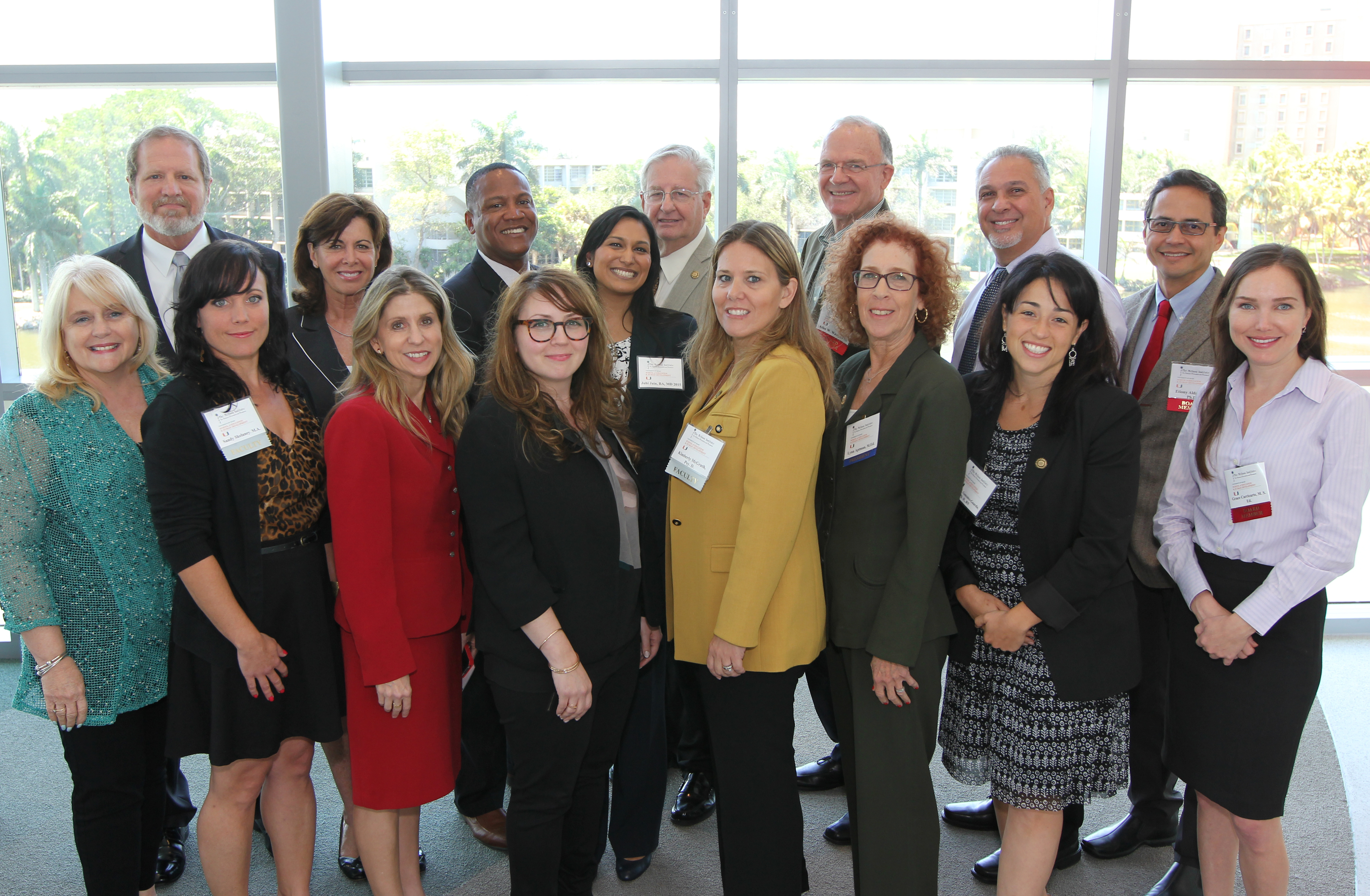
16th Annual Conference
May 4, 2012
18th Annual Conference
May 2, 2014Preventative Interventions With Children, Adolescents and Their Families
Friday, May 3, 2013
About the conference: In the richest country in the world, 22.5% of children under the age of 18 live in poverty. These 16.4 million children include 6.1 million who are under six years old. In addition, 45 percent – 32.7 million of America’s children – live in families with incomes below 200 percent of the federal poverty line. Their young bodies and brains experience multiple stressors which have long-term negative impact on their physiological, social, emotional and cognitive health as well as academic development. Research shows many children are entering school with multiple “high risk” exposures from the trauma of physical/emotional victimization, neglect, loss, natural disasters, familial dysfunction and disruption. These stressful early life experiences may be exacerbated during the school age years. The conference reviewed the state-of-the-art effective preventions and interventions from a life-span perspective. The real economic value of implementing such interventions was highlighted.
School and Community-based Preventative Approaches: “TOP DOWN” and “BOTTOM UP” Interventions by Donald Meichenbaum, Ph.D. [PDF] Impact of Natural Disasters on Children and Their Families: Implications for Preventative Programs by Annette La Greca, Ph.D. [PDF] Wellness and Fairness in Families, Schools and Communities: Implications for Prevention by Isaac Prilleltensky, Ph.D. [PDF] “FE” – Cross-cultural Perspective on Preventative Interventions: Lessons Learned From Haiti and Work with Minority Populations in the U.S.A. by M. Guerda Nicolas, Ph.D. [PDF]Preventative Interventions: An Overview and Critical Questions by Donald Meichenbaum, Ph.D. [PDF]
Related posts
March 24, 2025
September 19, 2024

